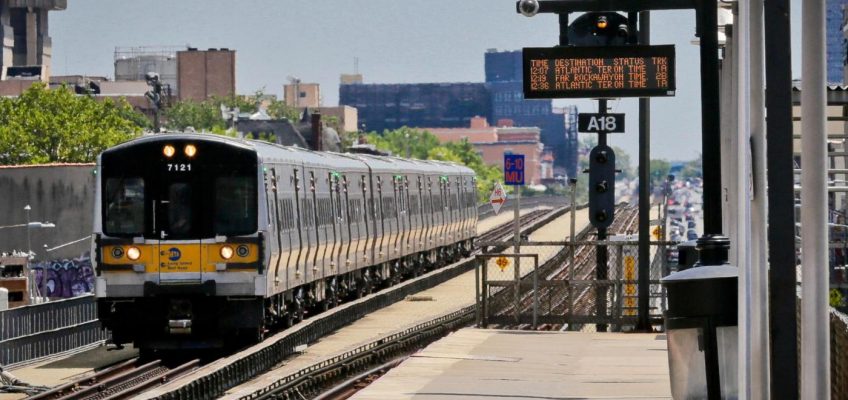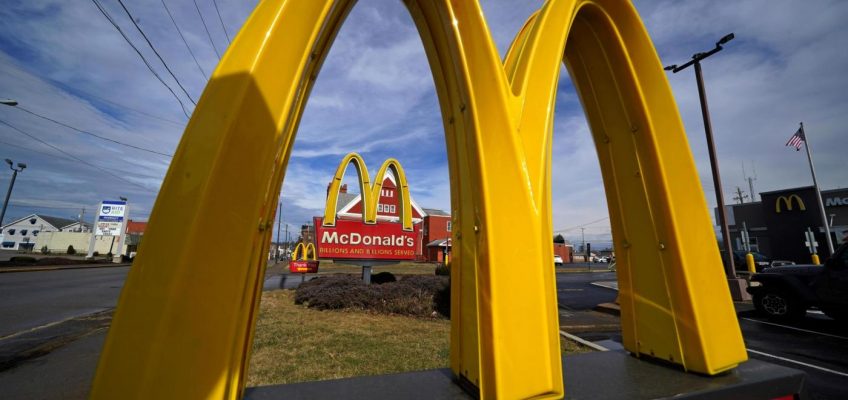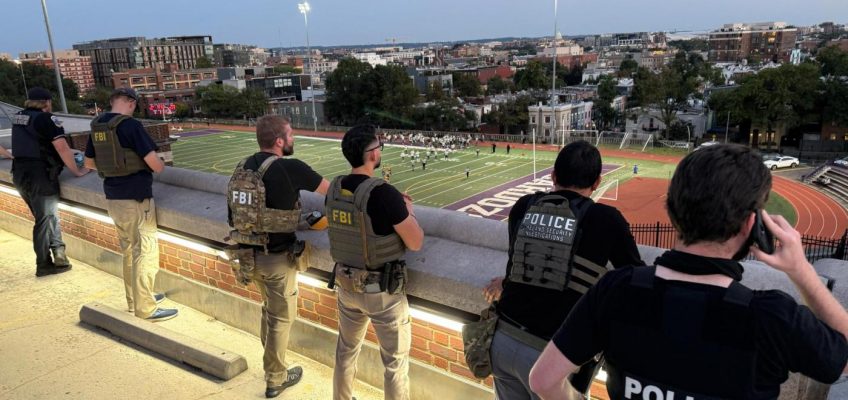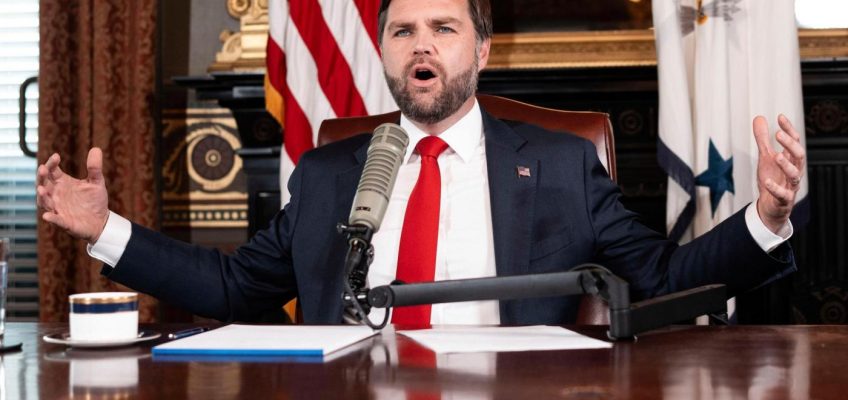By PHILIP MARCELO, Associated Press
NEW YORK (AP) — A potential strike has been averted that could have shut down the nation’s largest commuter rail system this week.
Unionized workers for the Long Island Railroad announced they voted overwhelmingly Monday to authorize their labor leaders to call a strike if an agreement on a new contract isn’t reached.
But officials representing locomotive engineers, machinists, signalmen and other train workers said they’ve also asked President Donald Trump to intercede by forming an emergency board that delays the potential for a strike at least for a few more months.
Related Articles
McDonald’s plans $200 million investment to promote regenerative practices on US cattle ranches
Fired federal prosecutor Maurene Comey sues Trump administration to get her job back
The National Center for Civil and Human Rights expands at a critical moment in US history
Arthur Sze is appointed US poet laureate as the Library of Congress faces challenges
Annual Hispanic Heritage Month celebrations make adjustments in current political climate
Union leaders said the earliest a strike could happen is in January while the Presidential Emergency Board, once formed, reviews the contract dispute and presents its recommendations.
A strike, which could have happened as early as Thursday under federal rules, would have impacted some 250,000 riders who ride the LIRR to work each day to and from New York City and its eastern suburbs.
A work stoppage would have also thrown a wrench in the Ryder Cup, which begins Sept. 26. The three-day men’s golf tournament between players from the U.S. and Europe is expected to bring 225,000 spectators to Bethpage State Park in Farmingdale on Long Island.
“This action does not mean a strike won’t happen, but it does mean it won’t happen now,” said Gil Lang, general chairman for the union representing LIRR locomotive engineers, at a news conference at the union’s office in Manhattan on Monday.
“We will continue to be the adults in the room,” he added. “A strike is the last thing we want, and we’ll do everything we can to avoid that.”
The Metropolitan Transportation Authority, which oversees the LIRR and other area transit systems, dismissed the union’s announcement as a “cynical delay” that “serves no one.”
“If these unions wanted to put riders first, they would either settle or agree to binding arbitration,” spokesperson John J. McCarthy said in a statement. “And if they don’t want to strike, they should say so — and finally show up to the negotiating table.”
The agency and New York Gov. Kathy Hochul had resisted calling for an emergency board even though they have the power to do so.
Instead, the MTA announced plans last week to provide commuters with free shuttle buses to take them from some LIRR train stations to subway stops in the New York City borough of Queens in the case of a strike.
Hochul, a Democrat, has also blamed the Trump administration in recent days for the prospect of a strike, even as she’s called on both sides to resume negotiations.
Spokespersons for the White House and the U.S. Department of Transportation didn’t immediately respond to an email seeking comment.
The last LIRR worker strike happened more than three decades ago and lasted about two days in 1994. Workers nearly walked out in 2014 before then-New York Gov. Andrew Cuomo reached a deal with unions.
In this most recent contract dispute, five labor unions representing about half the train system’s workforce are seeking a 16% raise over four years. The MTA has proposed a 9.5% wage increase over three years.
Follow Philip Marcelo at https://x.com/philmarcelo




